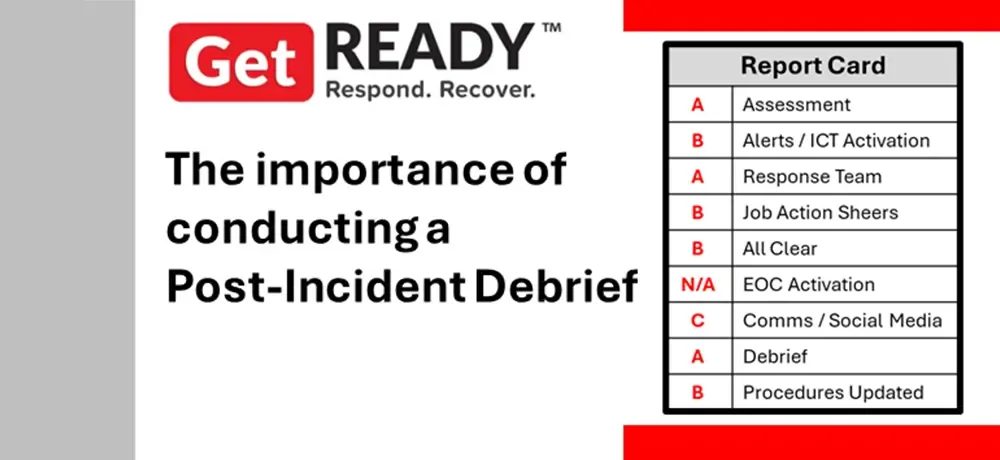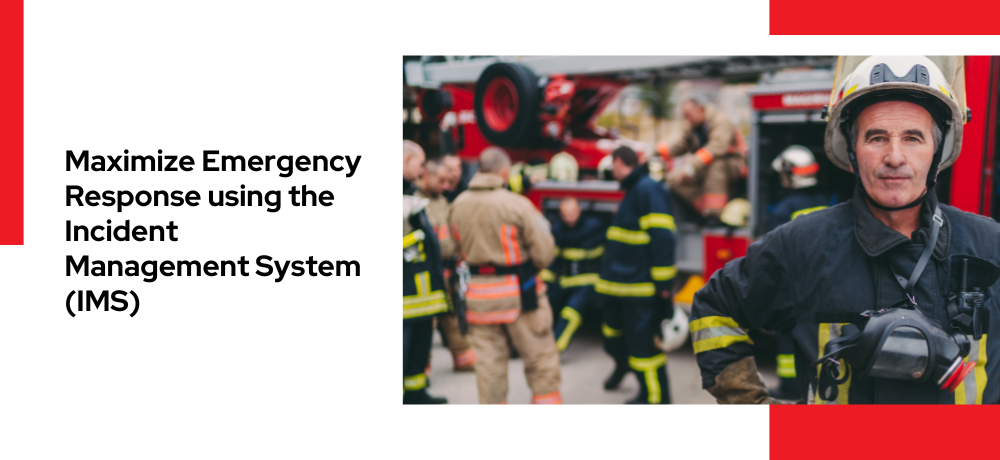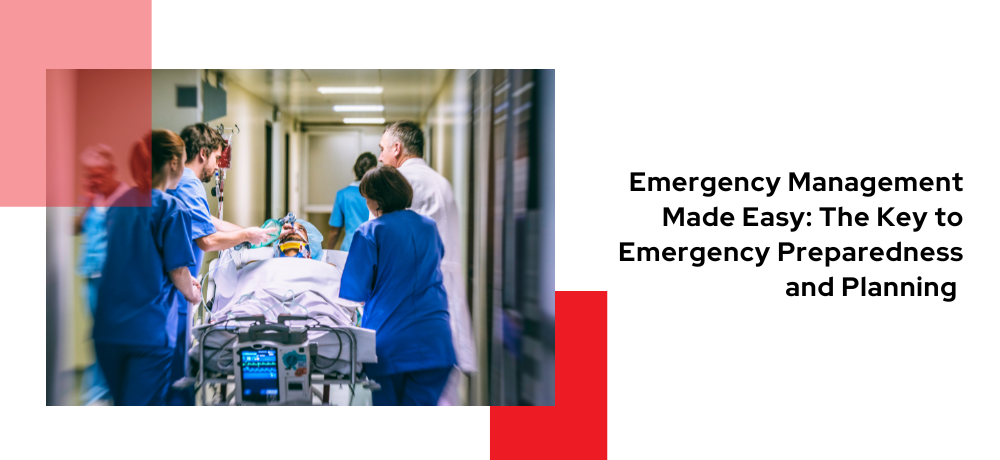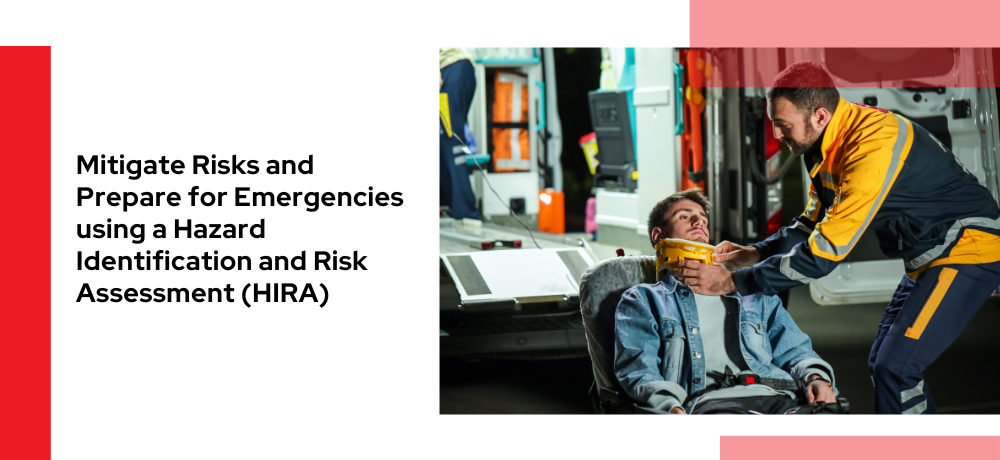In today's fast-paced world, effective emergency management requires seamless integration with 9-1-1 agencies and critical vendors. This integration ensures a coordinated response, minimizing risks and enhancing safety. Here’s how you can achieve a successful integration:
-
Integrating Your Emergency Response with 9-1-1 Agencies and Critical Vendors

CLICK HERE TO READ THE FULL ARTICLE »
-
Workplace Violence: threat and incident assessments, response tactics and mitigating strategies

Workplace violence is a serious issue that can have devastating effects on employees and organizations alike. It encompasses a range of behaviors, from verbal threats and harassment to physical assaults. Addressing workplace violence requires a comprehensive approach that includes threat assessment, response planning, and the use of non-violent conflict resolution tactics.
CLICK HERE TO READ THE FULL ARTICLE »
-
The Importance and Rationale of Conducting a Post-Incident Debrief

In the realm of emergency management and business resilience, the occurrence of an incident, whether minor or significant, provides a unique opportunity for learning and improvement. Conducting a post-incident debrief is a crucial step in this process, offering invaluable insights that can enhance future preparedness and response strategies.
CLICK HERE TO READ THE FULL ARTICLE »
-
Are you always waiting for an update?

The Significance of Using Digital Forms and Real-Time Status Dashboards In today's digital age, businesses are increasingly turning to technology to streamline operations and improve efficiency. Two tools that have become indispensable in this transformation are digital forms and real-time status dashboards. These tools not only enhance data collection and analysis but also provide organizations with a competitive edge by enabling faster, more informed decision-making. Efficiency and Accuracy with Digital Forms Digital forms have revolutionized the way organizations collect and manage data. Unlike traditional paper forms, digital forms can be easily customized to fit the specific needs of a business. This flexibility ensures…
CLICK HERE TO READ THE FULL ARTICLE »
-
Defining the 8 Strategic Critical Priorities for Business Continuity Planning

In today's complex business landscape, organizations must prioritize resilience and preparedness. To achieve this, it's essential to focus on eight strategic critical priorities that ensure continuity and stability during disruptions. Let's explore these priorities in detail.
CLICK HERE TO READ THE FULL ARTICLE »
-
The Importance of Separating Emergency Response Policies from Procedures: Role-Based Job Action Sheets for Effective Response

In the face of an emergency, clarity and speed are paramount. Whether it's a fire, flood, hazardous spill, medical emergency, or an active attacker situation, the ability of staff at all levels to respond quickly and effectively can make a significant difference in the outcome. One of the most efficient ways to ensure a cohesive and rapid response is by separating emergency response policies from procedures and developing role-based checklists or Job Action Sheets for all levels of staff. This approach not only streamlines the process but also ensures that everyone in the organization knows exactly what to do when disaster strikes.
CLICK HERE TO READ THE FULL ARTICLE »
-
Enhancing Safety in High-Occupancy Buildings: Essential Emergency Management Strategies
In today's fast-paced world, ensuring safety in high-occupancy buildings such as offices, hospitals, and schools is paramount. This blog delves into innovative emergency management strategies that are essential for enhancing safety preparedness. Discover cutting-edge emergency solutions that can transform how building safety is approached, providing peace of mind for both decision-makers and occupants. Stay ahead of the curve with these comprehensive strategies designed to mitigate risks and safeguard lives effectively.
CLICK HERE TO READ THE FULL ARTICLE »
-
Revolutionizing Emergency Preparedness: Cloud-Based Solutions for Modern Businesses
In today's rapidly evolving business landscape, ensuring robust emergency preparedness is more critical than ever. Discover how cloud-based solutions are revolutionizing emergency management, offering businesses unparalleled flexibility and scalability. These innovative technologies not only enhance business safety but also ensure compliance with the latest safety regulations. By integrating cloud-based emergency management systems into your existing infrastructure, your organization can be better equipped to handle unexpected situations with efficiency and confidence.
CLICK HERE TO READ THE FULL ARTICLE »
-
Tips on Creating Effective Crisis Communications

During a crisis, the flood of emotions and information can be overwhelming. People, whether directly or indirectly involved, seek clarity and reassurance in such times of uncertainty. This is where effective crisis communications become crucial. It's not just about relaying information; it’s about maintaining order, ensuring safety, and preserving the integrity of your organization. Here’s how to manage communications during a crisis effectively.
CLICK HERE TO READ THE FULL ARTICLE »
-
Understanding the Immediate Business Impact Assessment (IBIA) and Risk Matrix

Businesses and organizations can suffer a disruption at any moment. Whether it's a natural disaster, a cyberattack, or a supply chain hiccup, the ability to quickly assess and respond to these challenges is crucial. This is where the Immediate Business Impact Assessment (IBIA) and Risk Matrix come into play. These tools help organizations identify who needs help and who doesn’t, ensuring that resources are allocated effectively during a crisis.
CLICK HERE TO READ THE FULL ARTICLE »
-
Ex-flight paramedic creates app to provide emergency first-aid help

Midland's Scott Ashley teaming with peers to get instant information into ‘willing bystander’ hands, aiming to save lives through web-based app.
CLICK HERE TO READ THE FULL ARTICLE »
-
Maximize Emergency Response using the Incident Management System (IMS)

Having an established IMS-based emergency management program can make all the difference in minimizing the impact of an incident and ensuring an effective and efficient recovery. In this blog, we'll explore how the Incident Management System (IMS) can help organizations maximize their response, ensure the health and safety of responders, and communicate effectively with staff, customers, community partners, government, and 9-1-1 Emergency Services.
CLICK HERE TO READ THE FULL ARTICLE »
-
Understanding Situational Awareness

How an organization manages an incident is often determined by its ability to achieve accurate and timely Situational Awareness. Situational Awareness is a measure of how well the people in-charge understand what is happening as the incident evolves from the onset to the end when the All-Clear is given. It is imperative to understand the scope of an emergency to prioritize response objectives and ensure the effective and efficient use of resources.
CLICK HERE TO READ THE FULL ARTICLE »
-
Emergency Management Made Easy: The Key to Emergency Preparedness and Planning

Natural disasters, severe weather, pandemics, and accidental and intentional human-made emergencies can disrupt business operations and cause significant losses. To minimize the impact of such events on business operations and ensure the health and safety of staff, organizations need to have an Emergency Management Program in place. This program should include measures to identify and mitigate hazards and threats and establish response plans to facilitate a quick recovery.
CLICK HERE TO READ THE FULL ARTICLE »
-
Mitigate Risks and Prepare for Emergencies Using a Hazard Identification and Risk Assessment (HIRA)

Natural and human-made emergencies can strike any organization at any time. Whether it's a pandemic, tornado, winter storm, cyber-attack, train derailment, fire, or an act of violence, the impact can be devastating if the organization is not adequately prepared. In this Blog, we will discuss how a Hazard Identification and Risk Assessment (HIRA) can help organizations identify their risks to better prepare for disasters.
CLICK HERE TO READ THE FULL ARTICLE »

















